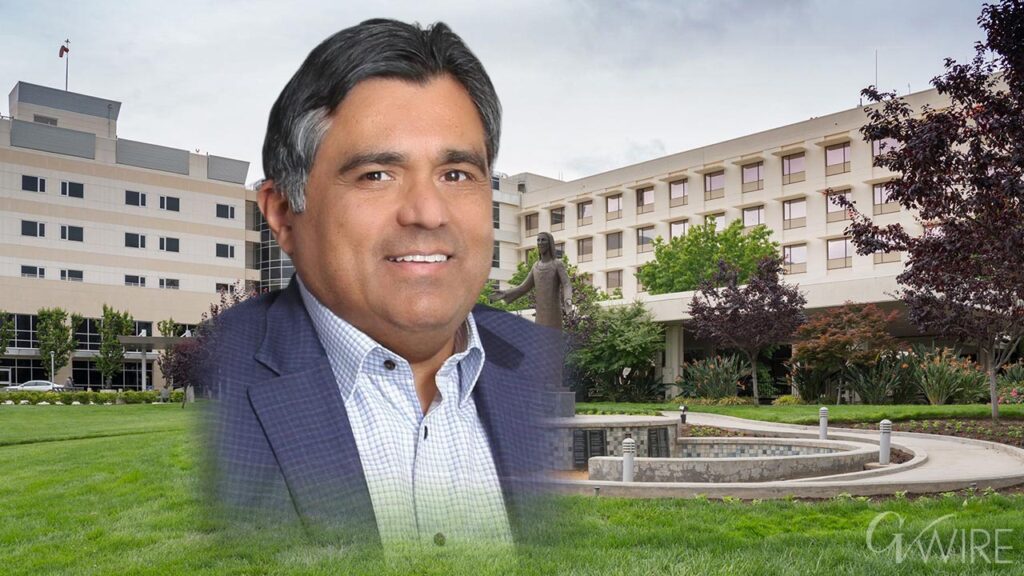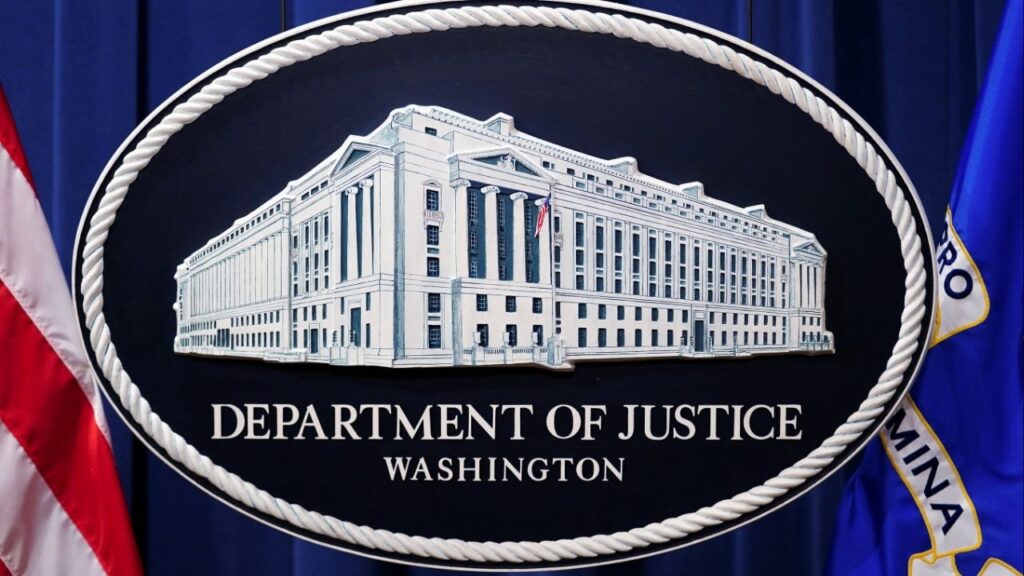Bad air levels are soaring in the Valley due to a number of factors including stagnant air and wood burning. (GV Wire/Paul Marshall)

- It's not just foggy. The Valley air is also choked with tiny particles that can exacerbate breathing problems.
- The Valley Air District outlines a series of steps we can take to be safer during this latest dirty-air phase.
- Two leading causes of PM2.5 are wood burning and vehicle emissions.
Share
|
Getting your Trinity Audio player ready...
|
The same high-pressure system that’s been parked for days over the Valley trapping the tule fog and making our days dismally gray is also trapping a lot of teeny particles that are causing problems — especially for those of us who are prone to bronchitis or asthma.
And it doesn’t show signs of going away anytime soon.
Last week, the San Joaquin Valley Air Pollution Control District issued an air quality advisory to warn residents to be extra-vigilant about checking on no-burn days, staying indoors as much as possible, especially at night when the particulate levels soar, and reducing vehicle emissions.
PM2.5 emissions are 30 times narrower than a human hair and can get into the bloodstream when inhaled into the lungs. Levels in the Valley have been going up at night when temperatures cool and the high-pressure system parked overhead presses downward, squishing the layer of polluted air and making it denser with particulates, said Jaime Holt, spokeswoman for the air district.
The particulate-laden air that has been trapped inside the giant bowl that is the Valley will remain until windy weather arrives to blow it out.
If you’re uncertain about the air quality in your neighborhood, you can download the Valley Air District app that includes hourly updates each day of pollution levels by your location, recommendations for curtailing outdoor activities, as well as the day’s burn status.
Related Story: Fresno’s Blanket of Fog Can Be Seen From Outer Space. What Causes It?
What You Can Do
The air district suggests a number of things that Valley residents can do, and some things they SHOULD do, to limit exposure and also lower particulate levels:
- If you can stay indoors, do it. Keep your interior air as clean as possible by not frying anything on the stove and save those unlit Christmas candles for later this month.
- You can create a clean air room, with sealed windows and an air purifier. Make sure to keep the filters of your home HVAC and air purifiers clean.
- If you must go out, consider wearing a K95 face mask (like the ones many of us wore during the pandemic), and try to limit your driving to only absolutely essential trips — and don’t sit somewhere with your gas-powered engine idling.
- And definitely don’t burn a wood fire in your fireplace or your backyard fire pit unless the air district lifts the “no-burn” status that’s in effect for Fresno and Madera counties and part of Kern County. Residents of Kings and Tulare counties may burn only in registered wood-burning devices, but burning is not recommended.
44 No Burn Violators Cited
The air district has already written 44 tickets for violators of “no-burn” days through last week, Holt said. The fines start at $100 and climb with each successive ticket, she said.
“What we tell folks with our wood-burning device program is the first folks that are going to be impacted by the smoke that’s coming out of your wood-burning fireplace or stove, that’s going to be you, your family and your neighbors. So don’t burn wood.
“If you have an older vehicle, get that vehicle in, get it tuned up. The older fleet here in the Valley, those vehicles that are 15 years and older really tend to be pretty dirty on the roads. Get those vehicles tuned up.”
Residents also should curtail activities that kick up dust, such as lawn care or agricultural processes, she said.
‘Pollution Burden’ Due to Many Sources
The PM2.5 levels aren’t just the result of wood smoke, Holt said.
“Nitrogen oxide, which comes from any type of combustion, is forming what we call secondary PM in the atmosphere right now,” she said. “And that is when we have these conditions, it’s cold and moist, there’s not a lot of sunshine. And that secondary PM is basically a chemical reaction that creates the pollution as opposed to the PM that’s coming off the smoke from the chimney.
“So, wood smoke and wood-burning is a part of this, but it is not the only part. So we definitely want to understand that this is fairly complex and there’s lots of different kinds of parts to this pollution burden that we’re seeing right now.”
RELATED TOPICS:
Categories

Saint Agnes Names New Vice President of Operations


















